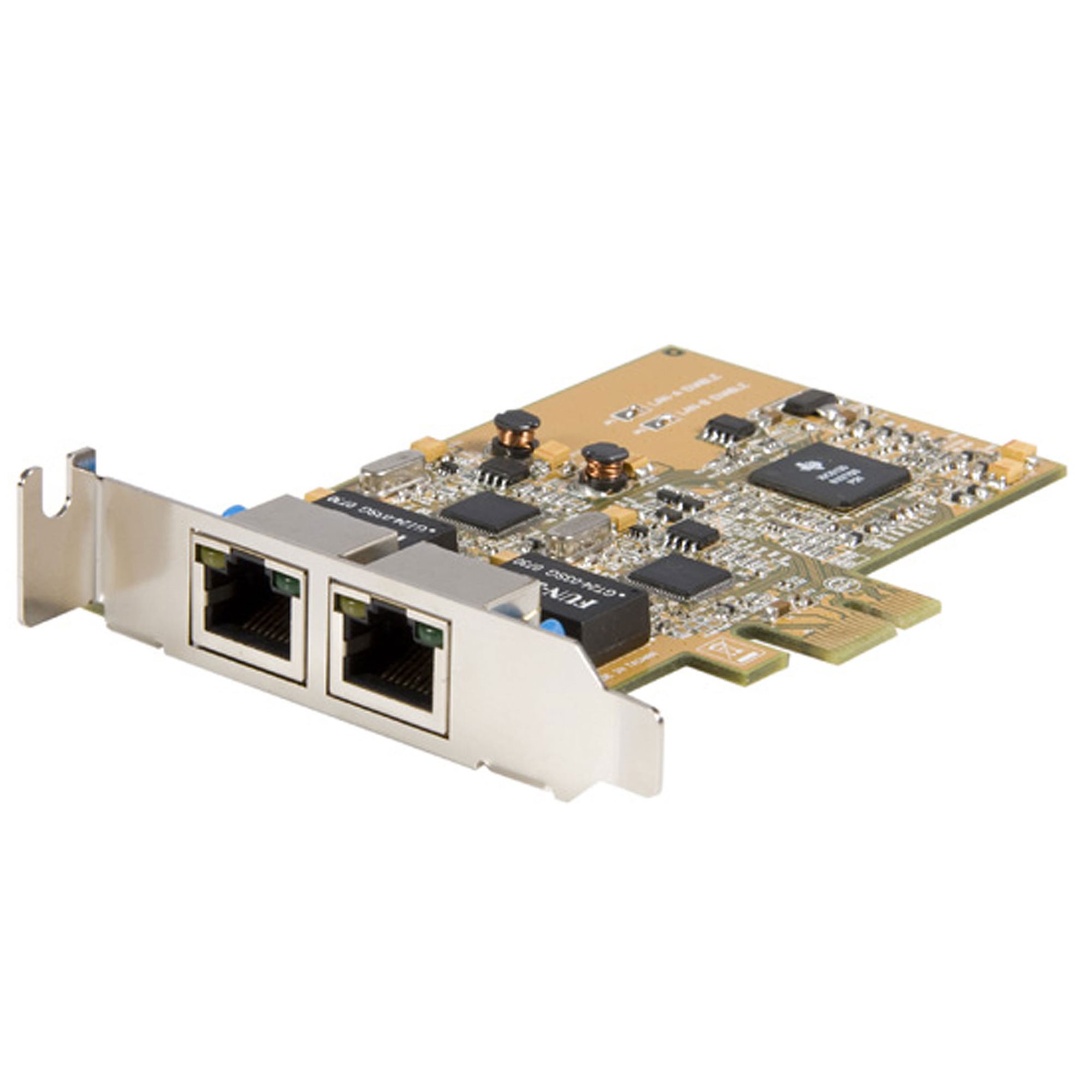

- REMOTE WAKE UP VLAN UPDATE
- REMOTE WAKE UP VLAN SOFTWARE
- REMOTE WAKE UP VLAN MAC
To update your Intel Boot Agent to the latest version, download PREBOOT.EXE and follow the included instructions.

The Legacy OS Wakeup Support parameter wasn't available in early versions of the Intel Boot Agent.
Set Allow this device to wake the computer in the adapter power management tab. Set desired Wake on options in the adapter advanced tab.  Set Enable PME in the adapter advanced tab. Enable wake from shutdown by Magic Packet However, most of these operating systems only support remote wake from standby. In some ACPI-capable computers, the BIOS has a setting that allows you to wake from an S5 state. Recent Windows versions are ACPI capable. Noteįor the most up-to-date settings information, refer to the Ethernet User Guide. For other packet types, see operating system settings below. The Magic Packet format isn't the only packet type that can initiate the remote wake feature. Wake-on-LAN isn't supported on Intel® Ethernet 10-gigabit adapters.
Set Enable PME in the adapter advanced tab. Enable wake from shutdown by Magic Packet However, most of these operating systems only support remote wake from standby. In some ACPI-capable computers, the BIOS has a setting that allows you to wake from an S5 state. Recent Windows versions are ACPI capable. Noteįor the most up-to-date settings information, refer to the Ethernet User Guide. For other packet types, see operating system settings below. The Magic Packet format isn't the only packet type that can initiate the remote wake feature. Wake-on-LAN isn't supported on Intel® Ethernet 10-gigabit adapters. REMOTE WAKE UP VLAN SOFTWARE
See the software release notes (readme.txt) for a list of adapters that support Wake-on-LAN on port A only. Wake-on-LAN is supported on port A only on most multiport adapters. Check your BIOS settings to verify your operating mode. You can configure many ACPI computers to work in APM mode.
 Systems using an ACPI-aware OS (such as Windows* XP) can power up the system from a power off state. You can power up the system by enabling ACPI-specific settings such as Wake-on-LAN from S5. To allow remote wake-up, enable the setting that corresponds to your adapter connection. Generally display under the Power Control area. In both APM and ACPI computers, settings for Wake-on-LAN (WOL):. You need to configure specific BIOS settings to enable remote wake-up on your system. Network management programs typically send wake-up packets, though you can use simple programs for this purpose (available on the Internet at no charge). The memory contents swap to the disk drive, and then reload into RAM when the system wakes.ĪCPI-aware operating systems support remote wake-up from standby or hibernate mode. S4 - Suspend to disk (hibernate mode). The CPU clock stops, but RAM powers on and refreshes. S1 - System is in low-power mode (sleep mode). Each state represents a different level of power, from fully powered up to completely powered down, with partial levels of power in each intermediate state. Newer computers feature Advanced Configuration and Power Interface (ACPI), which extends the APM concept to allow the OS to selectively control power by individual components.ĪCPI supports many power states. This early implementation didn't require an OS that was aware of remote wake-up.ĪPM provided BIOS-based power control. The ability to power on the computer allowed network administrators to complete off-hours maintenance at remote locations without sending a technician. The power control circuitry, in response, activates power resulting in the computer starting the OS.
Systems using an ACPI-aware OS (such as Windows* XP) can power up the system from a power off state. You can power up the system by enabling ACPI-specific settings such as Wake-on-LAN from S5. To allow remote wake-up, enable the setting that corresponds to your adapter connection. Generally display under the Power Control area. In both APM and ACPI computers, settings for Wake-on-LAN (WOL):. You need to configure specific BIOS settings to enable remote wake-up on your system. Network management programs typically send wake-up packets, though you can use simple programs for this purpose (available on the Internet at no charge). The memory contents swap to the disk drive, and then reload into RAM when the system wakes.ĪCPI-aware operating systems support remote wake-up from standby or hibernate mode. S4 - Suspend to disk (hibernate mode). The CPU clock stops, but RAM powers on and refreshes. S1 - System is in low-power mode (sleep mode). Each state represents a different level of power, from fully powered up to completely powered down, with partial levels of power in each intermediate state. Newer computers feature Advanced Configuration and Power Interface (ACPI), which extends the APM concept to allow the OS to selectively control power by individual components.ĪCPI supports many power states. This early implementation didn't require an OS that was aware of remote wake-up.ĪPM provided BIOS-based power control. The ability to power on the computer allowed network administrators to complete off-hours maintenance at remote locations without sending a technician. The power control circuitry, in response, activates power resulting in the computer starting the OS. REMOTE WAKE UP VLAN MAC
The system could start from a powered off state by sending a Magic Packet*. By toggling a signal connected to the computer power control circuitry, the adapter responds to a Magic Packet that has its own MAC address. The feature has evolved from a simple remote power-on to a complex system able to interact with many devices and operating system (OS) power states.Įarly implementations required the system to have a standby power supply. The ability to remotely wake computers is an important development in computer management.








 0 kommentar(er)
0 kommentar(er)
